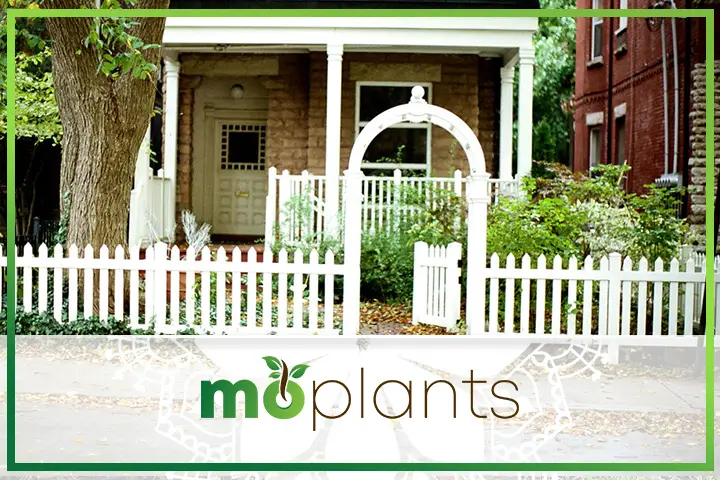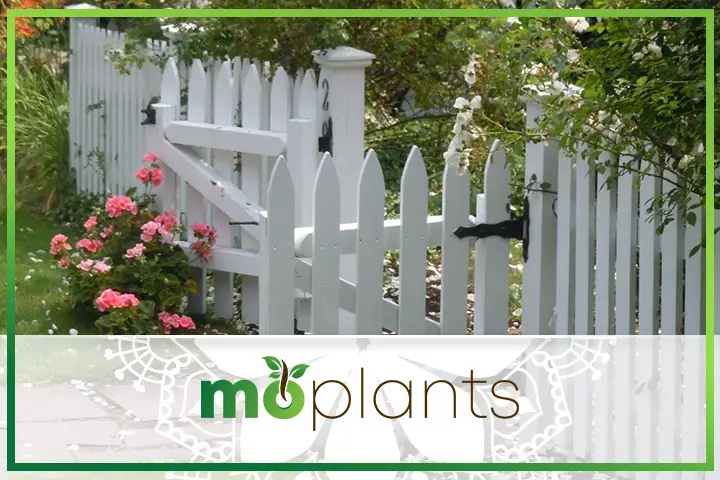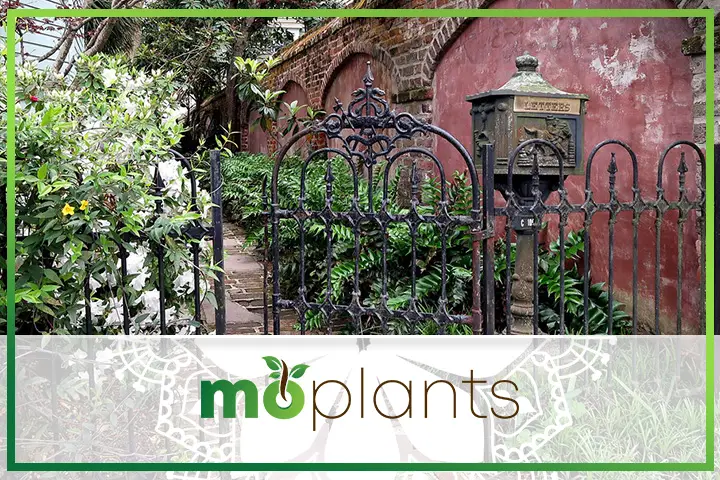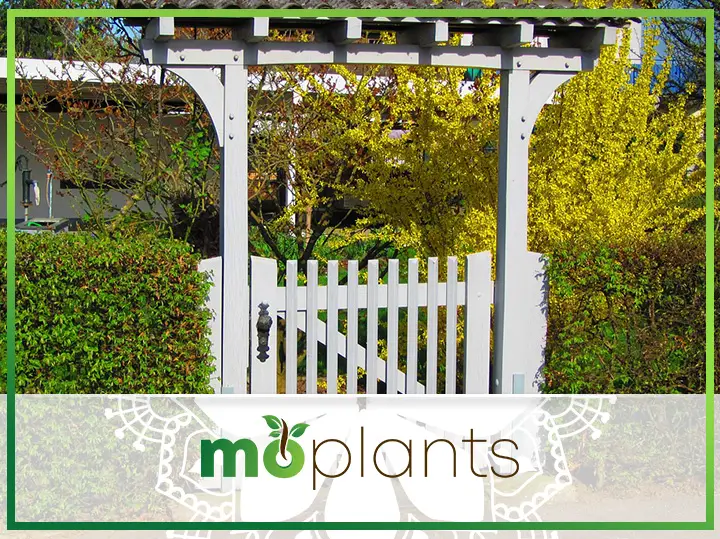Highbrow designers call them portals. You also might hear them referred to as transitional spaces. In the language of the ordinary homeowner, they are, quite simply, gates.
Yet too often the gate is the last thing you consider when adding a fence to your home site. It should be among the first.
A gate is a functional outdoor doorway, but it can also be a bold artistic statement. The size, shape and material you choose for the gate can literally make or break the fence you have in mind.
If you are installing a low-cost board fence with little decoration, then use some of the money saved to give yourself a great gate. If it’s in a side yard that’s visible from the street or front garden, then a creative gate becomes an important part of the house’s facade. As such its design should more reflect the architectural style of the building than match the fence boards. Or if the gate is a work of art, it can become a valuable accent to upgrade the overall landscape aesthetic.

Not all fences are the six-foot barrier type. Shorter fences, usually pickets or wrought iron, are fully visible when they enclose front yards. The little gates that open onto the entry walk to the front porch are a focal point themselves and worthy of special consideration. They must match the fencing material perfectly and should be a bit more decorative because of the high-profile location. Their role is to call attention to this point of entry.
Some of these gates, however, are left open all the time while others are left closed. Knowing how you’ll be keeping your gate will guide you in choosing an appropriate design.

The width of a gateway, and therefore the size of the gate itself, is often governed by use. A side-yard gate may require a much wider opening, say a minimum of four feet, to move wheelbarrow, lawn mower or garbage cans through easily without dinging the posts. You can split this width and give yourself a saloon door-style gate that offers many more design options than one big gate. And double gates are lighter weight and less demanding of the hinge hardware and post footings.
Do not underestimate the importance of painted gates. You can upgrade an old rundown gate, or makeover a raw looking new one with color that will completely change its appearance. A bold effect is created when you paint with cobalt blue or crimson red. If those colors match trim on the house the result is spellbinding.
Or you can try faux painting techniques to give a wood gate a mossy or rustic woodland patina. It’s affordable and risk-free, too. If you don’t like how it turns out, just paint it again.
Use creative hardware to dress up an existing gate. Rather than standard galvanized hinges and latches, spend time hunting for more decorative options. The rustic appeal of hand-hammered iron hinges from the blacksmith is a timeless look. You’ll find a wide choice of strap hinges and other accent hardware online at Wild West Hardware at the Web site www.wildwesthardware.com.

Try a transparent iron gate for a glimpse of the space beyond. The trick is to choose the gate first, then create a fence to match. You can use an authentic salvaged antique gate or a new one made to look just as old. These can be the shabby chic peeling white look or the old rusty patina that is so at home in old gardens. The benefit of reproductions is that they are less expensive to buy and more widely available. Though reproductions share that rusty appearance, rust has not had time to weaken the metal.
Rustic Gardens offers surprisingly affordable selection of antique and reproduction iron gates online at http://arusticgarden.com.
The trick to really great gates is to make people want to go through them. When you get that right, nothing will present such a potent lure as the suggestion of what surprises lay beyond.


